Johannes Rydberg was one of the grandfathers of modern-day physics and chemistry, but persuading his peers to recognise his theories of atomic structure was not always easy. Mike Sutton delves deeper.
The contest for a vacant university chair can be prolonged and painful. But few are as fraught as that launched in 1897 after the retirement of Karl Holmgren, a professor of physics at Sweden’s Lund University. The obvious successor was his assistant, Johannes Robert Rydberg ('Janne’ to his friends), who had already taught physics there for 15 years. By then, Rydberg had published significant contributions to physics that threw new light on chemical phenomena. Nevertheless, when three independent experts assessed the contenders, only one recommended Rydberg. The others declared him unsuitable, because his principal discoveries arose from the analysis of experimental results obtained by other scientists. Quoted in Nepomucene, Knut Johan Ångström remarked that 'Doctor Rydberg’s works on spectrum analysis are undoubtedly of great scientific value and prove also the author’s great diligence and interest for the treatment of an often ungrateful problem, but these works cannot completely establish his competency for the appointment in question, as they are not based on his own measurements and researches.’
In response, Rydberg offered testimonials from leading chemists and physicists, including Wilhem Ostwald and Walther Nernst. The monarchy became involved in the dispute, and it was not until 1901 that the University confirmed Rydberg’s appointment. He remained under-appreciated at home, despite his international reputation. Although the Royal Society of London admitted him in 1919, the Royal Swedish Academy of Sciences never did. Yet when Niels Bohr accepted the 1922 Nobel prize in Stockholm, he singled out Rydberg for special acknowledgement. 'The late Professor Rydberg of Lund, whose brilliant work on the spectral laws has been of such great importance for extending our knowledge of atoms, and especially for the particular contribution that it was to fall to my lot to make.’
Bohr’s new atomic theory greatly advanced our understanding of the physical basis for the chemical individuality of elements. Rydberg’s important part in this intellectual adventure still deserves to be remembered today.
Rydberg was born in Halmstadt in south-west Sweden, on 8 November 1854. His father, a merchant and ship-owner, died when his son was four years old. Rydberg entered Lund University in 1873 and, in 1879, gained his doctorate in mathematics. He was appointed 'docent’ – assistant lecturer – in mathematics, and by 1882 was also teaching physics. In 1886 he married Lydia Eleonora Matilda Carlson, the daughter of a provincial medical officer. They had two daughters and a son.
To find out the shape of a bell by means of the sound which it sends out is the problem spectroscopy hopes to solve with light
Rydberg’s research interests soon ranged beyond physics and into chemistry. One early publication concerned the structure of the periodic table of elements – a subject to which he returned frequently over the course of his career. But it is his studies of the emission spectra of elements that Rydberg is most famous for. When he first addressed this topic it already had a long history. By 1817, Josef Fraunhofer had discovered numerous dark ’lines’, or missing wavelengths, in the solar spectrum. Subsequent investigators found many more lines – dark and bright – by applying prisms or diffraction gratings to terrestrial and celestial light sources. Chemists and astronomers recognised that individual elements could be identified by their distinctive line sequences, but the underlying cause of these phenomena remained mysterious. Some spectra, however, contained groups of lines in apparently regular patterns. The Irish astronomer and physicist George Johnston Stoney was one of several who scrutinised these lines for relationships between the wavelengths or frequencies, but without success. As Arthur Schuster explained to the British Association in 1882: 'We know a great deal more about the forces which produce the vibrations of sound than about those which produce the vibrations of light. To find out the different tunes sent out by a vibrating system is a problem which may or may not be solvable in certain special cases, but it would baffle the most skilful mathematician to solve the inverse problem and to find out the shape of a bell by means of the sounds which it is capable of sending out. And this is the problem which ultimately spectroscopy hopes to solve in the case of light.’
At Cambridge, the chemist George Liveing and the physicist James Dewar photographed ultraviolet spectra of alkali and alkaline-earth metals. They distinguished various line series by their appearance as 'sharp’, 'principal’ or 'diffuse’ (a fourth, 'fundamental’, series was recognised in 1914). They also noticed that some groups of lines – quadruplets, triplets or pairs - reappeared at intervals. Frustratingly, though, they could not relate the frequencies of the lines in these groups to any harmonic series. It was an elderly Swiss mathematics teacher by the name of Johan Balmer who became interested in the search and applied his exceptional computational skills to the problem. In 1885 he published a formula:
λ = m2 h/(m2 – n2)
using a value of Planck’s constant (h) of 33645.6 × 10–10 metres, and letting n = 2 and m = 3, 4, 5 or 6 gives λ values equal to the wavelengths of four visible lines in the hydrogen spectrum. Putting m = 7 gave the wavelength for a fifth line, previously unknown to Balmer. Soon, four more lines in hydrogen’s ultraviolet spectrum, corresponding to m = 8, 9, 10 and 11, were found. The cause of these regularities remained mysterious, but the hunt was on for similar formulae, applicable to the spectra of other elements. In Hanover, the physicist Heinrich Kayser and the mathematician Carl Runge derived several equations which matched the observed frequencies of various line series, but a general formula eluded them.
Meanwhile, Rydberg was pursuing the same goal. He simplified his calculations by using the 'wavenumber’ (the number of waves occupying a set unit of length) as his unit of measurement. He plotted the wavenumbers of successive lines in each series against consecutive integers which represented the order of the lines in that particular series. Finding that the resulting curves were similarly shaped, he sought a single function which could generate all of them when appropriate constants were inserted. Eventually, he found one that seemed promising:
v = n0 – N/(m + μ)2
Here, v is the wavenumber of a specific line; n0 and μ are constants that are particular to series of lines; m is a positive integer (different for each line in that series) and N a universal constant. On learning of Balmer’s equation, Rydberg realised it was a special case of his own formula. Putting m = 2 and μ = 0 generates Balmer’s equation, expressed in wavenumbers instead of wavelengths. In 1890 he noted that 'in several cases there are rather considerable deviations which greatly exceed the errors of observation. That is why I have taken the trouble to find another more exact formula’. Rydberg’s new formula was:
v = R(1/n12 – 1/n22)
Here, v is the wavenumber of any particular line and R is a fixed number – what we now know as the ’Rydberg constant’. The term n1 is a whole number, constant for any particular series. While n2 is also an integer, increasing by one for each successive line in that series. Putting n1 = 2, and n2 = 3, 4, 5 etc generates the Balmer hydrogen series. The same general formula also matched line series found in the spectra of the alkali metals by Living and Dewar, and by Kayser and Runge.
Kayser and Runge still claimed their formulae were more accurate, but by 1900 Rydberg’s equation was accepted as more useful. It received further support in 1906, when Theodore Lyman found a series of lines in the far ultraviolet spectrum of hydrogen, corresponding to the Rydberg formula with n1 =1. In 1908 Friedrich Paschen discovered a series of far-infra-red hydrogen lines, fitting the equation with n1 = 3. The Bracket (n1 = 4) and Pfund (n1 = 5) series were identified in the 1920s.
In February 1913, Niels Bohr, an assistant lecturer in physics at Copenhagen University, became aware of Balmer’s and Rydberg’s work. At this time he was still following up his recent researches at Manchester under Ernest Rutherford, and trying to combine Rutherford’s planetary model of the atom with Planck’s quantum theory of energy exchanges. Bohr believed an electron orbiting an atomic nucleus could only do so at certain fixed distances, and that whenever the electron fell from a higher to a lower orbit, the atom emitted a burst of radiation. He proposed that the frequency of this radiation, multiplied by Planck’s constant, h, represented the difference in potential energy between the two orbits. When Bohr learned of Balmer’s series and Rydberg’s constant from H M Hansen, another young Dane, recently returned from studying spectroscopy at Göttingen, he immediately realised their importance.
If the frequencies of the lines in the Balmer series, multiplied by Planck’s constant h, equalled the gaps between the various possible energy levels of the hydrogen atom, then Rydberg’s constant could be calculated from first principles. Bohr did so, finding:
R = 2π2 me4/h3/c
where m is the mass of the electron, e its charge, h Planck’s constant, and c the velocity of light . This gave a value of R that agreed well with Rydberg’s experimentally derived figure. The fit grew closer as Bohr and others developed more sophisticated models allowing for relativistic effects.
The idea of concentric electron 'shells' mirrors the recurring patterns in the periodic table of the elements
Later in 1913, Bohr published a paper summarising his conclusions. It predicted that some anomalous lines in stellar spectra – previously attributed to hydrogen – were actually produced by ionised helium. This was quickly confirmed by the English spectroscopist Alfred Fowler, providing Ernest Rutherford and others with a clinching argument for Bohr’s new atomic model. From this model emerged the idea of concentric electron 'shells’, mirroring the recurring patterns in the periodic table of the elements. Electron jumps between these various shells and the atomic 'ground state’ were related to the sharp, principal, diffuse and fundamental line series discover previously - hence the shells themselves were labelled s, p, d and f. This must have gratified Rydberg, who had long maintained that the mathematical regularities in line spectra must be linked with the chemical regularities of the periodic table. For this reason he praised the new system of atomic numbers, proposed in 1914 by the young English physicist Henry Moseley on the basis of regularities in the X-ray spectra of the elements. But sadly, in the same year, Rydberg fell seriously ill and was unable to work again. He died on 28 December 1919.
Throughout his career Rydberg ploughed a lone furrow, and it was only towards its end that his contribution became appreciated. Today, 150 years after his birth, the Rydberg constant remains a corner-stone of physics and physical chemistry. Further research has shown that the Rydberg’s equation does not apply precisely to the spectra of more complex atoms, because their outer electrons interact significantly with their inner electron shells. However, it still holds for the hydrogen atom with its solitary electron, and for alkali metal atoms with a single valency electron orbiting well clear of the inner electron core. These are now known as 'Rydberg atoms’ and are now the focus of intensive research thanks to their possible applications in lasers and super-computers. It seems very likely that Rydberg’s name will continue to be remembered by future generations of scientists.
Mike Sutton is Senior Lecturer in History at the Northumbria University
Additional information
- Bucksbaum Group, Quantum Computing using Rydberg Atoms
- T F Gallagher, Rydberg Atoms, Cambridge University Press, Cambridge 1994.
- W McGucken, Nineteenth-Century Spectroscopy: Development of the Understanding of Spectra 1802-1897, Johns Hopkins Press, Baltimore, 1969.
- E M MacKinnon, Scientific Explanation and Atomic Physics, University of Chicago Press, Chicago, 1982.
- S St. J Nepomucene, Rydberg: the Man and the Constant, Chymia, 1960, 6, 127–145.
- Obituary, Nature, 1920, 105, 525.
- A Pais, Niels Bohr’s Times in Physics, Philosophy and Polity, Clarendon Press, Oxford, 1991.
- J R Rydberg, On the Structure of the Line Spectra of the Chemical Elements, Philos. Mag. 5th series, vol 29 (1890), 331–337.
- J R Rydberg, The Ordinals of the Elements and the High-frequency Spectra, Philos. Mag., 6th series, vol 28 (1914).
- M Siegbahn, Janne Rydberg, in S Lindroth (ed), Swedish Men of Science: 1650–1950, The Swedish Institute, Stockholm, 1952, 214–218.

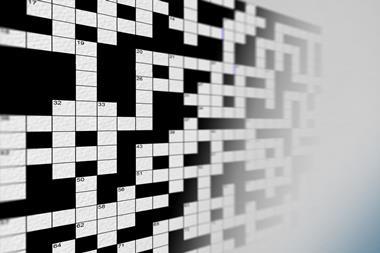
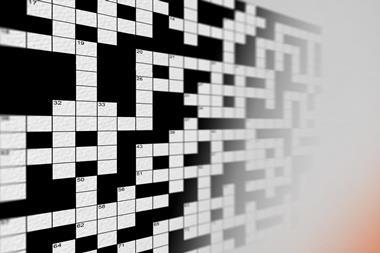
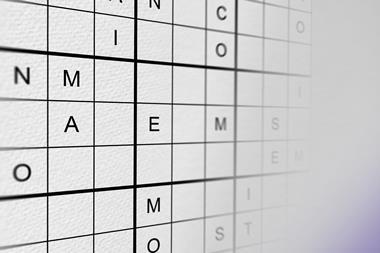
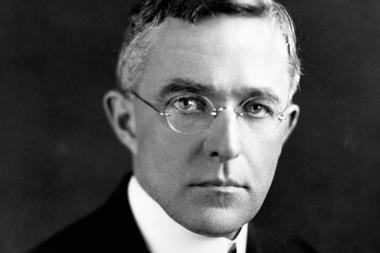
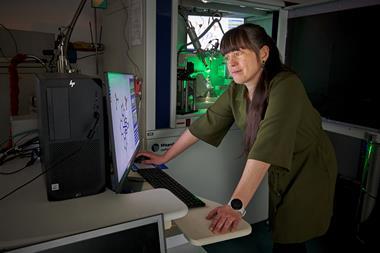
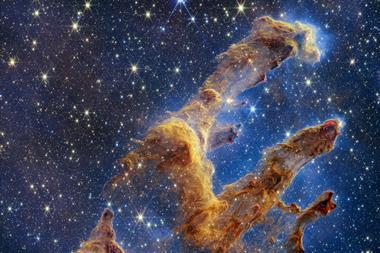


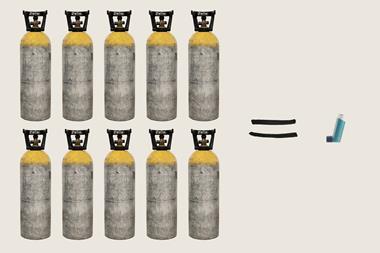

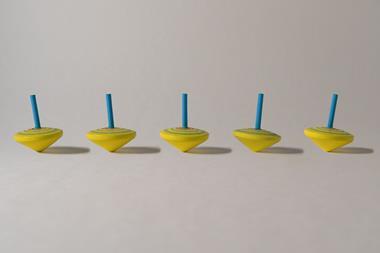
No comments yet